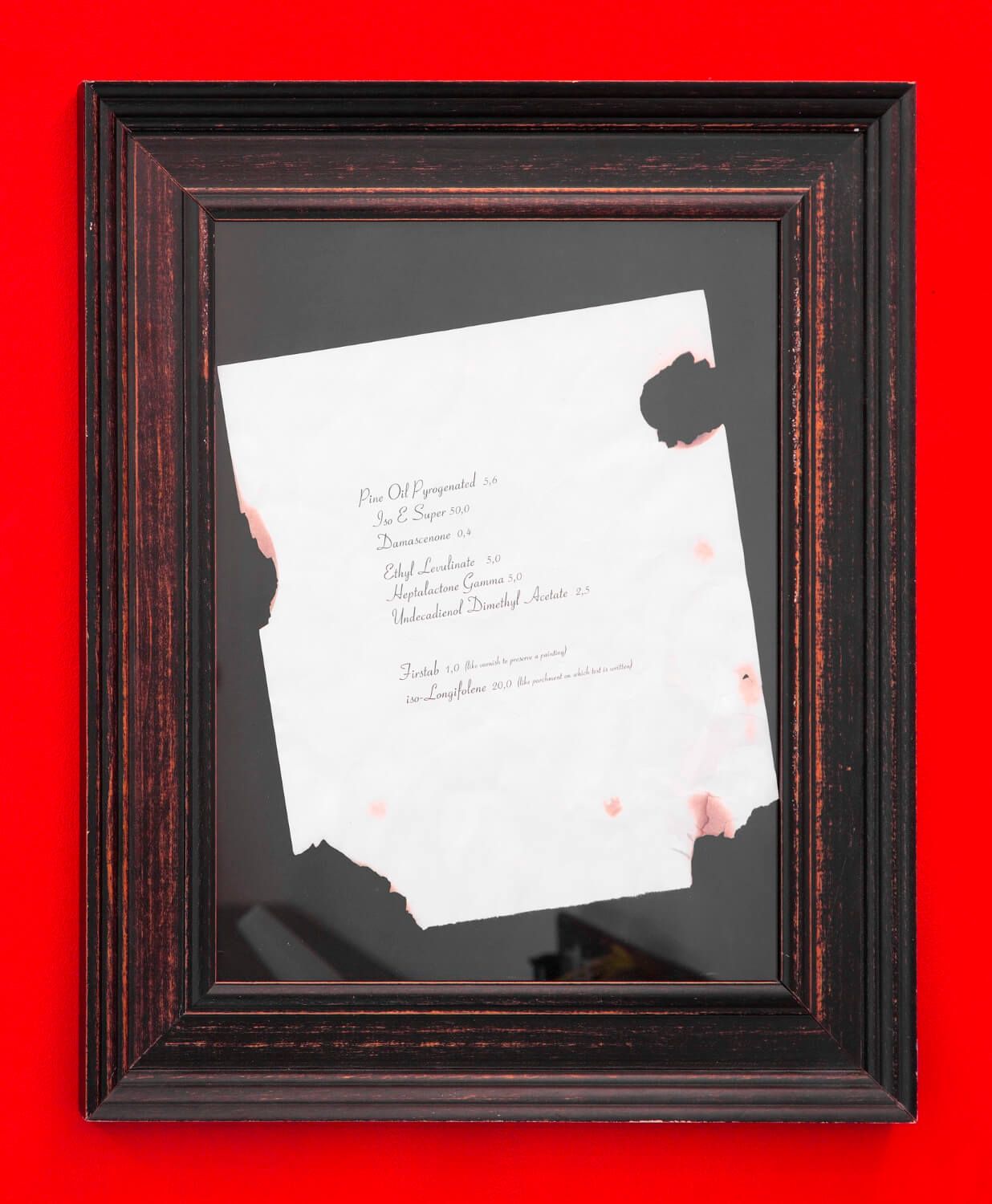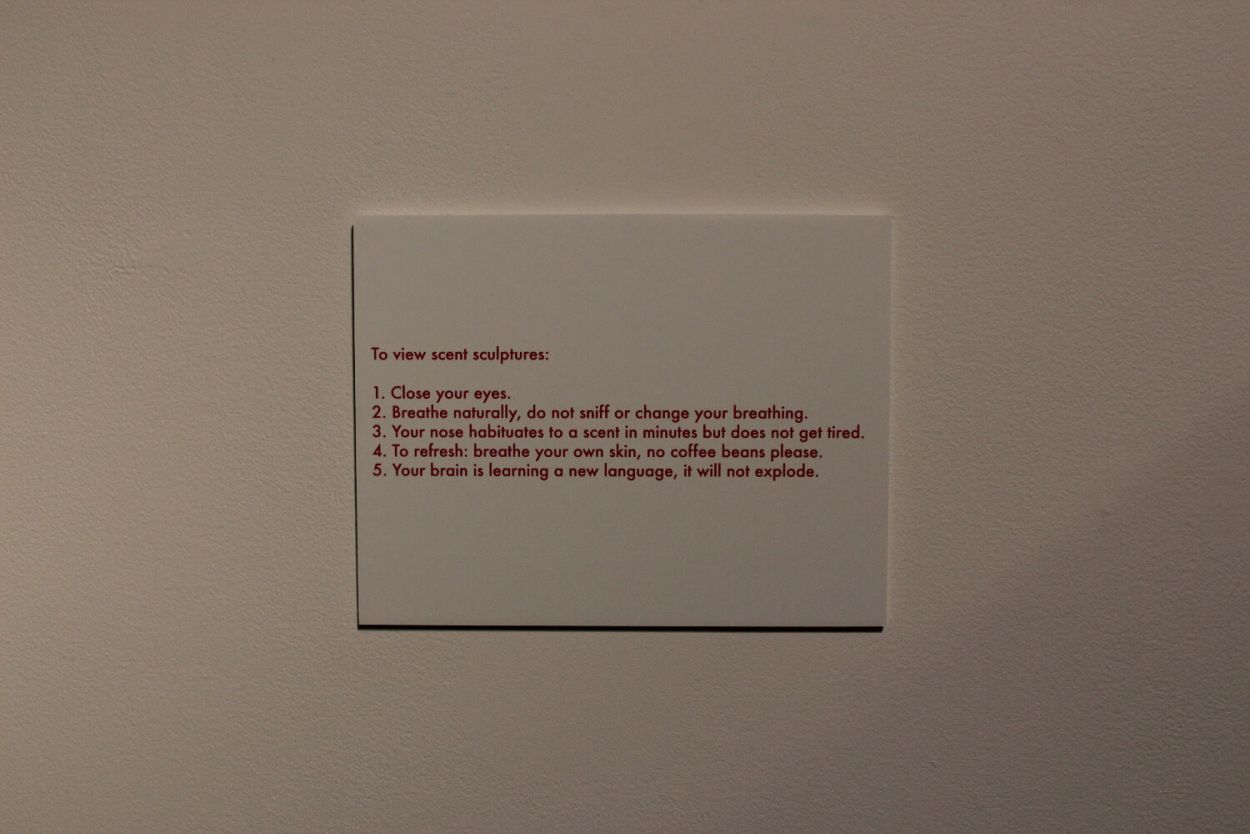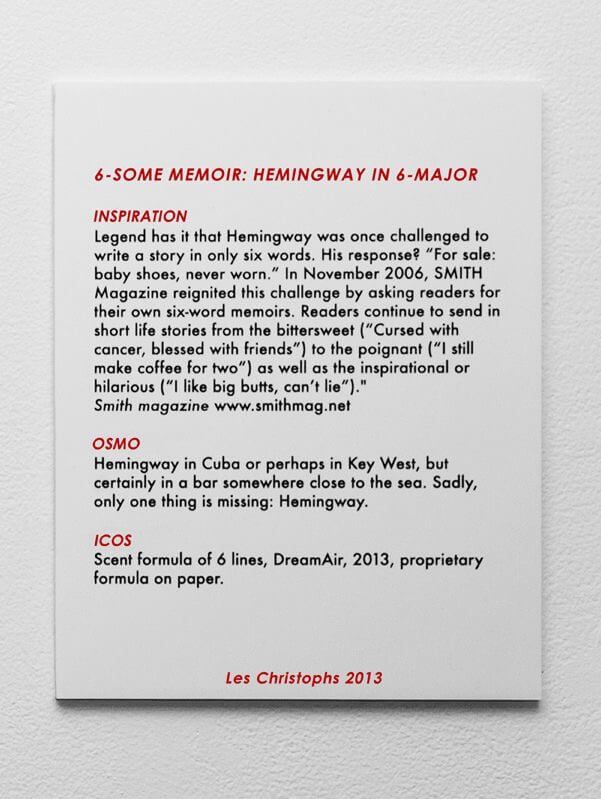Making of Hemingway in 6-Major4:08

Making of Hemingway in 6-Major4:08
An upcoming gallery show changes the rules of the game.
«Clients are the difference between design and art», as a common saying goes. In fact, it is the client who sets the goals, decides on the budget and approves the final scent. Hence, perfumers work under constraints defined by the client whereas creative work is often associated with freedom and autonomy. Yet, constraints can also be helpful because they stimulate creativity rather than suppress it. This clip shows how Christophe copes with a set of self-defined constraints and highlights the importance of independent work for the creative practice. A few days later, the project Hemingway in 6-Major was actually exhibited at a fancy gallery in Chelsea.


